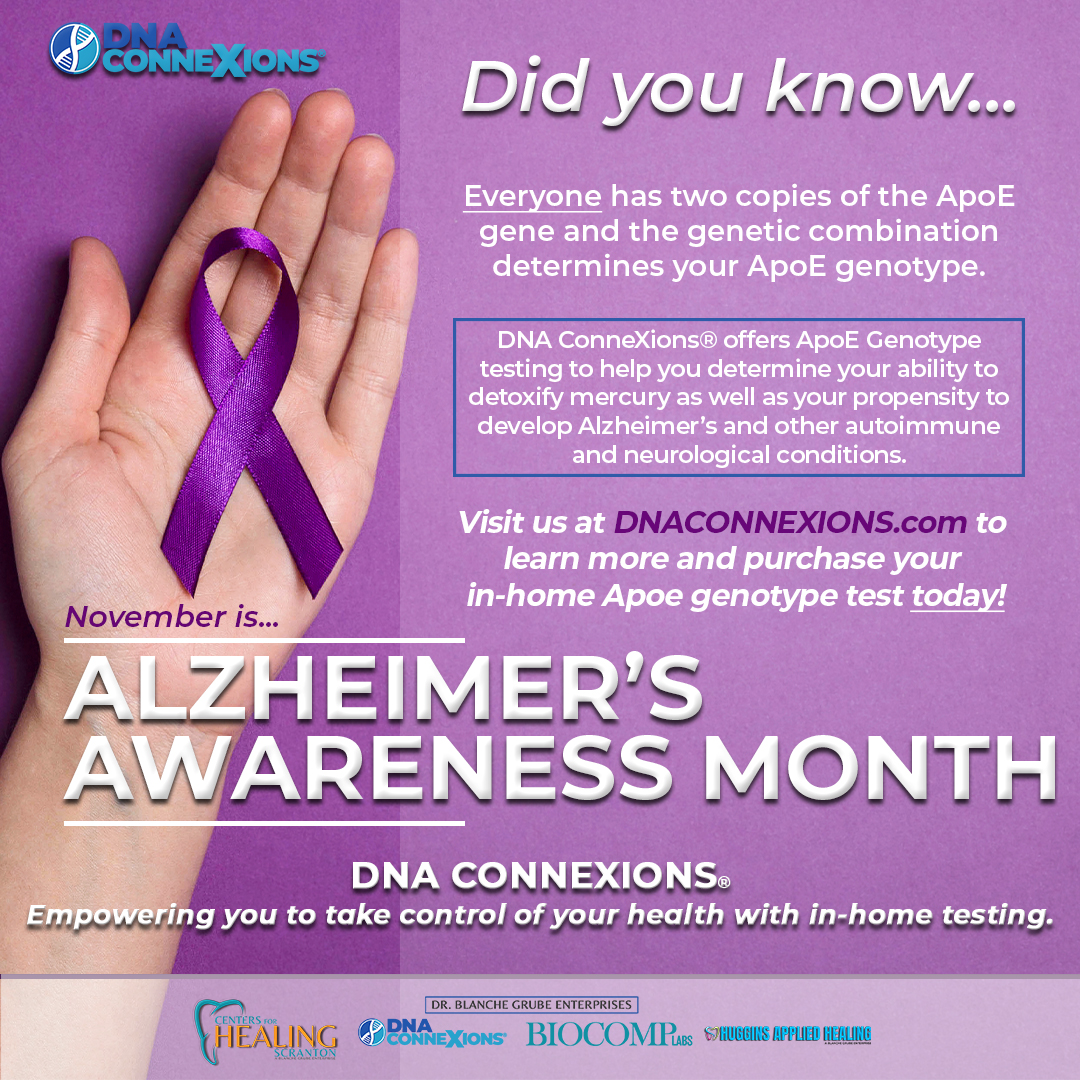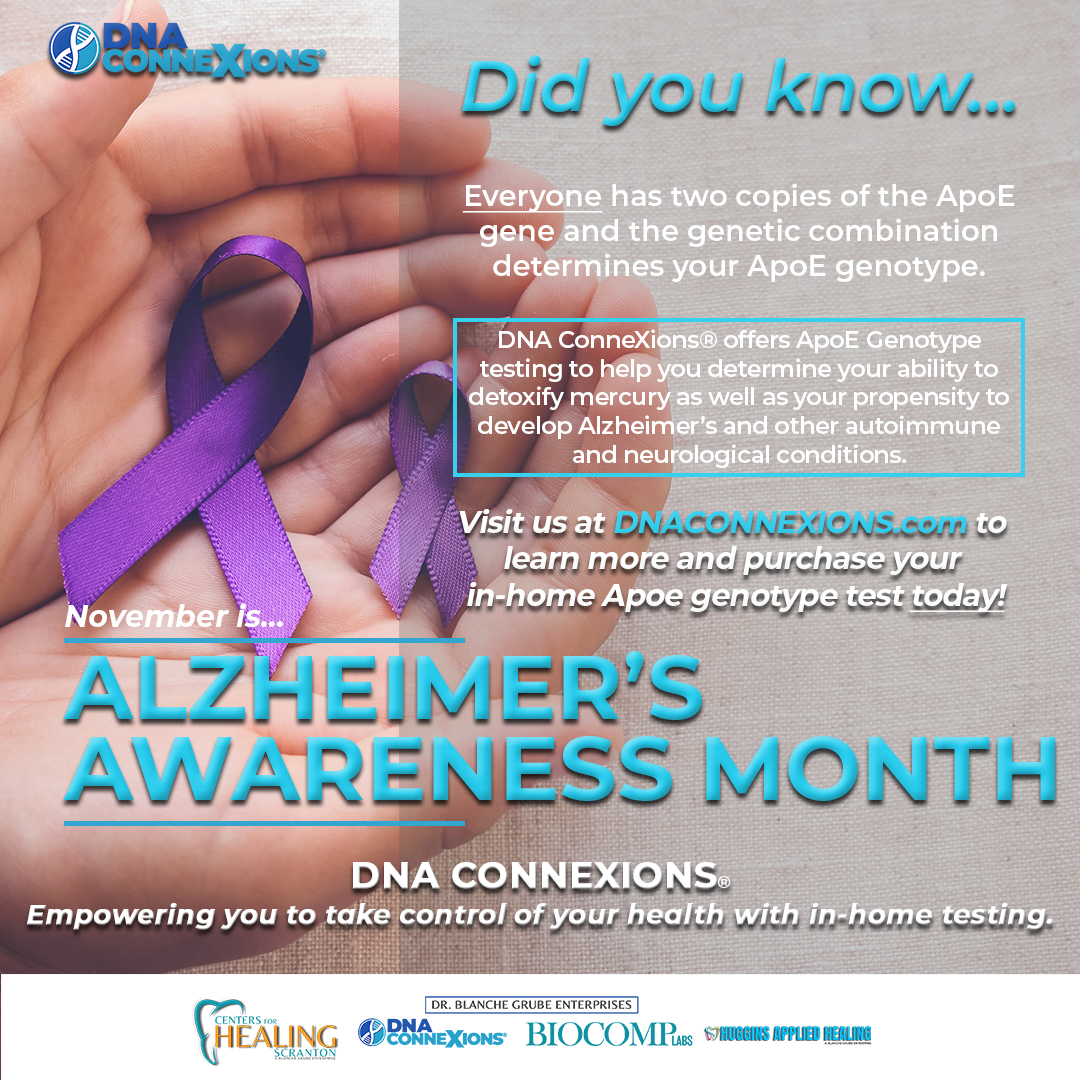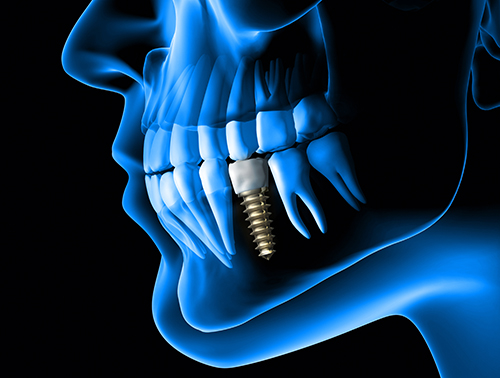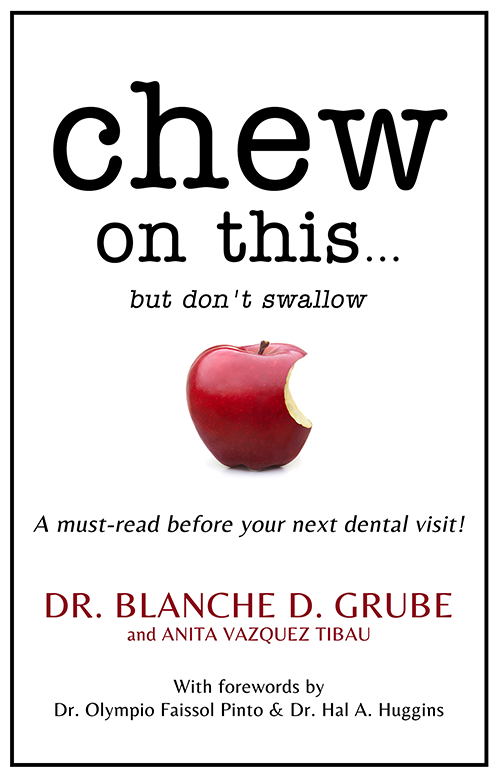
What You Need to Know About Periodontal Disease
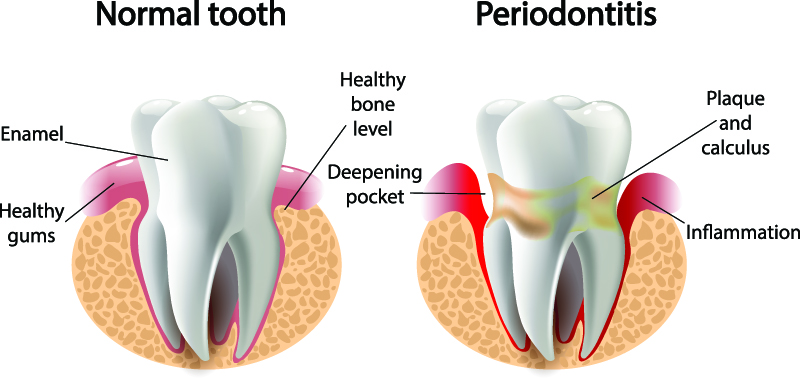
So just how “dirty” is your mouth? And how do you find out?
According to the CDC, 47.2% of adults aged 30 years and older have some form of periodontal disease. Periodontal disease increases with age, 70.1% of adults 65 years and older have periodontal disease (2). Gingivitis is the most common type and can be treated/cured, but there are progressive periodontal diseases that are not curable and allow the bacteria from your mouth to travel throughout your body, leading to the other systematic diseases and health concerns.
Think of it this way…the oral cavity is an open system in your body, open to all the exposures in your environment from the food you eat to the air you breathe.
DNA ConneXions has created our Oral panel and Propensity panel to identify the potentially dangerous and invasive microbes that can lead to systemic diseases/chronic conditions. The Oral Panel identifies bacteria, viruses, fungi, and parasites in removed teeth, blood, tissue, dental implants, bone grafts or other biological samples. It identifies the presence of 88 different pathogens. Using the Polymerase Chain Reaction (PCR), one of the most advanced tools in molecular biology today, the specificity of this test is one in a trillion or greater and the sensitivity of the panel is the ability to detect the DNA of between 1 and 10 microbes, if present.
The Propensity Panel also utilizes the molecular technique of PCR to identify opportunistic and pathogenic microbial DNA in oral samples. This more specialized test identifies 19 of the most common bacterial species not only identifies species involved in periodontal disease, but also those microbes which have been implicated in the progression of a variety of chronic, systemic conditions. These disorders include various cancers; such as colorectal, pancreatic, prostate, and breast cancer, and other diseases such as cardiovascular disease, diabetes, cognitive disorders, respiratory issues, and complications relating to pregnancy.
As a patient of both dental and medical healthcare professionals, we hope to inform you of the importance of your oral health as it pertains to your whole-body wellness. If you wish to learn more, order a test panel, or have any questions, DNA ConneXions is here to empower you to take control of your health.
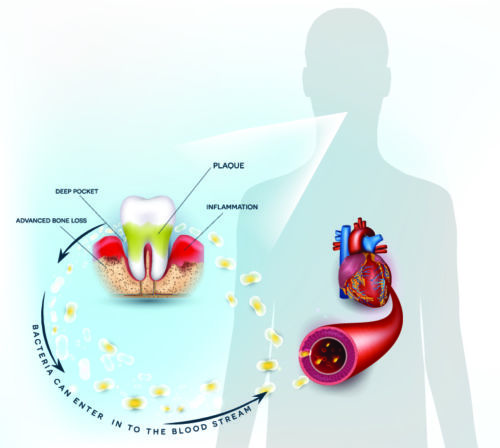
References:
NCBI 2008. “Periodontal disease and systemic conditions: a bidirectional relationship” Accessed September 20. https://www.ncbi.nlm.nih.gov/pmc/articles/PMC2443711/
CDC. “What is Periodontal Disease?” Accessed September 23. https://www.cdc.gov/oralhealth/conditions/periodontal-disease.html









